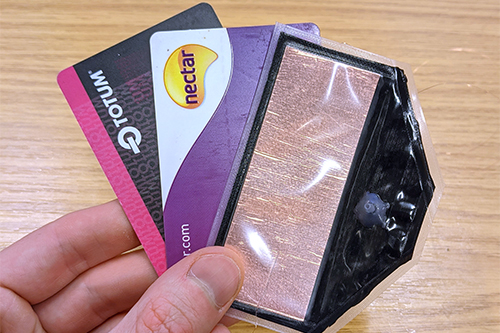(Cyanobacteria could revolutionize the plastic industry)
2021/2/2 ドイツ連邦共和国・エバーハルト・カール大学テュービンゲン

・ エバーハルト・カール大学テュービンゲンが、シネコシスティス属のシアノバクテリア(藍色細菌)の物質代謝を改良し、産業利用に適した量の天然のプラスチックを生産させることに初めて成功。
・ 微細藻類や藍藻類として知られるシアノバクテリアは、約 23 億年前に光合成を通じて大気とオゾン層を形成した、存在は目立たないがパワフルな地球のプレイヤー。水、CO2 と太陽光のみで生育するため、温暖化防止に役立つサステナブルな物質の合成に理想的な生物とされる。
・ シアノバクテリアは、天然のプラスチックであるポリヒドロキシ酪酸(PHB)を合成することが知られている。PHB はポリプロピレンのように使用でき、分解がより速く汚染物質を排出しないが、その生産量は極めて少ない。
・ 同大学は、同細菌で PHB 合成に向けた固定炭素の細胞内フローを制限する制御システムの特定に成功。関連するレギュレーターの排除と遺伝子改変の実施により、細胞総質量の 80%超を占めるPHB を合成するブラスチック細菌を実現した。
・ 同合成技術が産業的に確立されれば、プラスチック生産体制に革新をもたらす可能性がある。シアノバクテリアの活用技術の最適化と、大規模利用に向けた同技術の向上が長期的な目標。
URL: https://uni-tuebingen.de/en/university/news-and-publications/press-releases/press-releases/article/cyanobacteria-could-revolutionize-the-plastic-industry/
<NEDO海外技術情報より>
(関連情報)
米国科学アカデミー紀要(PNAS)掲載論文(フルテキスト)
The novel PII-interactor PirC identifies phosphoglycerate mutase as key control point of carbon
storage metabolism in cyanobacteria
URL: https://www.pnas.org/content/118/6/e2019988118
(関連情報)
Microbial Cell Factories 掲載論文(フルテキスト)
Maximizing PHB content in Synechocystis sp. PCC 6803: a new metabolic engineering strategy
based on the regulator PirC
URL: https://microbialcellfactories.biomedcentral.com/articles/10.1186/s12934-020-01491-1
Abstract
Nitrogen limitation imposes a major transition in the lifestyle of nondiazotrophic cyanobacteria that is controlled by a complex interplay of regulatory factors involving the pervasive signal processor PII. Immediately upon nitrogen limitation, newly fixed carbon is redirected toward glycogen synthesis. How the metabolic switch for diverting fixed carbon toward the synthesis of glycogen or of cellular building blocks is operated was so far poorly understood. Here, using the nondiazotrophic cyanobacterium Synechocystis sp. PCC 6803 as model system, we identified a novel PII interactor, the product of the sll0944 gene, which we named PirC. We show that PirC binds to and inhibits the activity of 2,3-phosphoglycerate–independent phosphoglycerate mutase (PGAM), the enzyme that deviates newly fixed CO2 toward lower glycolysis. The binding of PirC to either PII or PGAM is tuned by the metabolite 2-oxoglutarate (2-OG), which accumulates upon nitrogen starvation. In these conditions, the high levels of 2-OG dissociate the PirC–PII complex to promote PirC binding to and inhibition of PGAM. Accordingly, a PirC-deficient mutant showed strongly reduced glycogen levels upon nitrogen deprivation, whereas polyhydroxybutyrate granules were overaccumulated compared to wild-type. Metabolome analysis revealed an imbalance in 3-phosphoglycerate to pyruvate levels in the pirC mutant, confirming that PirC controls the carbon flux in cyanobacteria via mutually exclusive interaction with either PII or PGAM.



